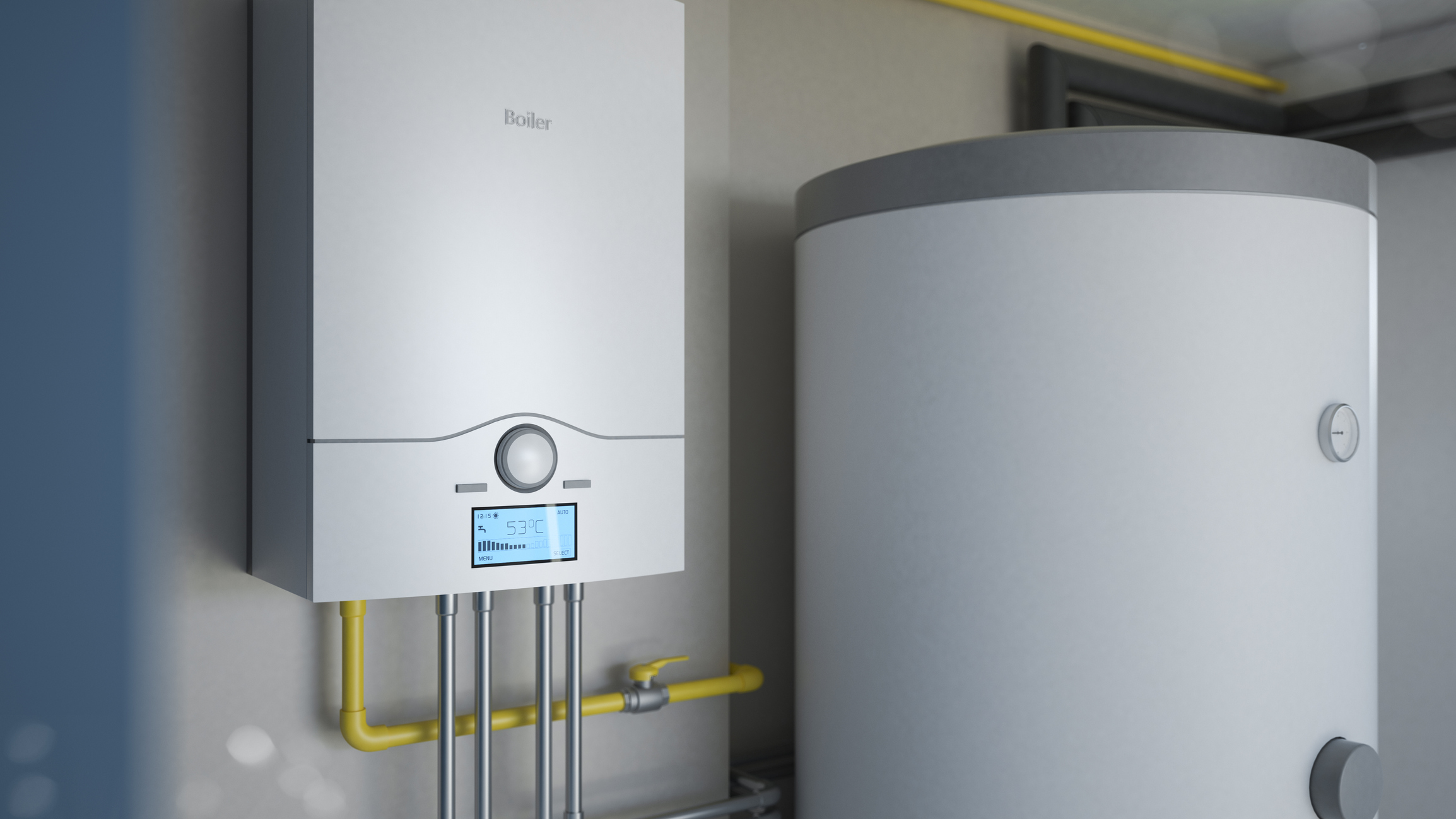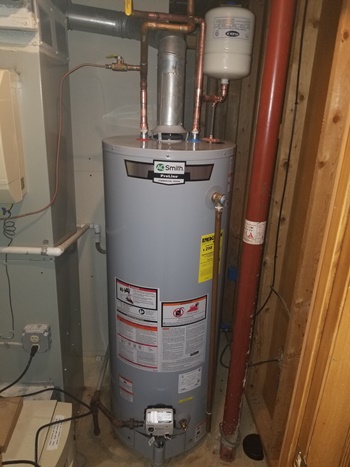Simple Ways to Maintain Your Home's Hot Water System EffectivelyHow to Keep Your Home's Hot Water System in Good Condition
Simple Ways to Maintain Your Home's Hot Water System EffectivelyHow to Keep Your Home's Hot Water System in Good Condition
Blog Article
Just about everyone has their own unique beliefs on the subject of Tips on Maintaining a Water Heater.

Warm water is necessary for daily convenience, whether it's for a revitalizing shower or cleaning dishes. To ensure your hot water system runs effectively and lasts much longer, normal upkeep is key. This short article provides practical ideas and understandings on just how to keep your home's hot water system to prevent disturbances and costly repair work.
Intro
Preserving your home's hot water system could appear difficult, but with a couple of easy actions, you can guarantee it operates smoothly for years ahead. This overview covers whatever from comprehending your warm water system to DIY maintenance ideas and recognizing when to hire expert aid.
Relevance of Maintaining Your Warm Water System
Routine upkeep not only prolongs the life-span of your hot water system yet also ensures it runs efficiently. Ignoring upkeep can result in reduced efficiency, higher power expenses, and also early failure of the system.
Indications Your Hot Water System Requirements Maintenance
Understanding when your hot water system needs focus can protect against major issues. Keep an eye out for indications such as inconsistent water temperature, weird sounds from the heater, or corroded water.
Comprehending Your Hot Water System
Prior to diving into maintenance tasks, it's helpful to recognize the basic parts of your hot water system. Typically, this consists of the water heater itself, pipelines, anode rods, and temperature level controls.
Month-to-month Upkeep Tasks
Routine monthly checks can help capture small problems before they rise.
Purging the Water Heater
Flushing your hot water heater gets rid of debris buildup, boosting effectiveness and lengthening its life.
Checking and Changing Anode Rods
Anode rods protect against rust inside the container. Evaluating and replacing them when broken is important.
Evaluating and Changing Temperature Level Settings
Readjusting the temperature level settings makes sure optimum performance and safety and security.
DIY Tips for Upkeep
You can perform a number of upkeep jobs yourself to keep your hot water system in top problem.
Looking for Leakages
Regularly inspect pipes and connections for leaks, as these can result in water damages and greater costs.
Examining Stress Alleviation Valves
Testing the pressure relief valve ensures it works properly and stops too much stress buildup.
Protecting Pipes
Protecting hot water pipes decreases warm loss and can save energy.
When to Call an Expert
While DIY maintenance is useful, some problems need expert know-how.
Complicated Problems Needing Expert Assistance
Examples include major leakages, electric issues, or if your hot water heater is constantly underperforming.
Routine Specialist Upkeep Conveniences
Specialist maintenance can include comprehensive evaluations, tune-ups, and ensuring conformity with safety and security criteria.
Final thought
Routine maintenance of your home's warm water system is crucial for effectiveness, durability, and cost savings. By adhering to these ideas and understanding when to seek specialist assistance, you can guarantee a trusted supply of hot water without unanticipated interruptions.
Water Heater Maintenance: The Basics
Maintaining your water heater will ensure it operates efficiently and has a longer lifespan. Neglecting regular maintenance can lead to costly repairs and an even bigger chunk of your savings if you have to replace it sooner than necessary. But there’s good news: Most water heater maintenance tasks are relatively simple and easy for homeowners with basic DIY skills.
Flush the Water Heater
Over time, sediment and minerals can build up in the tank, reducing its efficiency and potentially causing damage. To flush the tank, turn off the power or gas supply, attach a hose to the drain valve near the bottom and open the valve to drain the water until it runs clear. Ideally, flush the tank annually.
Replace the Anode Rod
The anode rod is a sacrificial metal rod that helps prevent corrosion inside the tank. Inspect and replace it every three to five years or per the manufacturer's recommendation. To replace the anode rod, turn off the power or gas supply, drain a few gallons of water from the tank, unscrew the old rod and replace it with a new one. If the anode rod is significantly corroded or covered in calcium buildup, it's a sign the water heater may need to be replaced soon.
Tune-Up
A yearly tune-up can help identify potential issues and ensure your water heater operates at peak efficiency. This typically involves checking the thermostat, burner assembly (for gas heaters) and any other components specified by the manufacturer. During a tune-up, the technician may also clean the burner and adjust the pilot light (for gas heaters) or examine the heating elements (for electric heaters).
How to Maintain Your Water Heater
Insulate the tank. Insulating the tank can improve energy efficiency and reduce heat loss, saving you money on energy bills. You can purchase precut insulation blankets designed specifically for water heaters or use standard fiberglass insulation wrapped securely around the tank. Check the temperature. The recommended water temperature for most households is around 120 degrees Fahrenheit (49 degrees Celsius). Higher temperatures can increase energy costs and potentially cause scalding. Use a kitchen thermometer to check the temperature at the faucet nearest the water heater. Monitor water pressure. Excessive water pressure can strain the water heater and cause leaks or even tank failure. Install a pressure-reducing valve if necessary. The ideal water pressure range is between 60 and 70 PSI (pounds per square inch). Test the temperature and pressure (T&P) relief valve. The T&P relief valve is a safety feature that releases pressure if the tank gets too hot or the pressure builds up too high. Test it annually by lifting the lever and allowing a small amount of water to release. Replace the valve if it doesn't release water or reseal properly. Check for leaks. Regularly inspect the tank, pipes and fittings for leaks or corrosion. Deal with issues promptly to prevent further damage. Even a small leak can lead to significant water damage over time. Consider a tankless water heater. If your traditional tank-style water heater is nearing the end of its lifespan ( typically 10 years), consider replacing it with a tankless water heater. These units heat water on demand, reducing standby energy losses and potentially saving you money on your energy bills. Schedule professional maintenance. While homeowners can perform many water heater maintenance tasks, it's still a good idea to schedule professional maintenance every few years. A plumber or HVAC technician can thoroughly inspect the unit, identify potential issues and ensure it operates safely and efficiently. https://www.homeserve.com/en-us/blog/home-improvement/hot-water-heater-maintanence/

I am just very drawn to Tips For Maintaining Your Hot Water Heater and I am hoping you enjoyed reading the new blog posting. If you appreciated our blog posting plz remember to share it. Thank-you for taking the time to read it.
Request A Quote Report this page